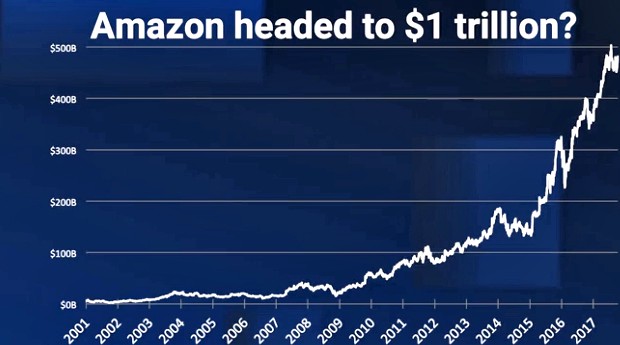
A Complete Insight on the Global Steel Price Forecast
Steel, an alloy of carbon and iron is the material that has shaped the evolution and development of mankind since its advent. In the modern world, steel is present almost everywhere. May it be a common household or a commercial skyscraper, steel may not be visible but it is the core of the foundation of every building. And, this is not it as the material is also used in almost every big and small everyday things.
A kitchen knife, nail clipper, a bottle cap, and whatnot. Steel is everywhere! Such an aggressive use of steel is due to non-rustic properties and extreme durability. This also reflects the status of the steel in the global metal industry landscape. However, different types of steel are considered an industry in itself.
As expected, the global demand for steel is always steady if not in negative. Despite high urbanization in the developed regions across the globe, the steel is always in demand. So much so that industries have to keep a sharp eye on its price for timely meeting the demands.
The global steel price forecast suggests that the market is expected to grow at a Compound Annual Growth Rate (CAGR) of 1-1.5 percent till 2020 despite being a steady market. However, the demand for stainless steel is expected to grow at a CAGR of 2.5-3 percent. The major demand for crude steel comes from the industries such as construction and infrastructure. On the other hand, the demand for stainless steel majorly comes from metal products industry and mechanical engineering.
The major exporters that export steel on a global level are countries such as Russia, Japan, and China whereas the major global importers of steel are the U.S., European Union, and South Korea.
Complete Price Forecast of Global Steel:
The recent increase in the global export of steel is due to rising domestic demand in global regions and increased capacity utilizations. The demand for stainless steel is also likely to rise due to global infrastructural developments such as urbanization, modernization, and growth in the automotive industry.
This trend coupled with growth in the automotive industry, global energy industry, and water energy industry. The current demand for stainless steel is 2894 MMT. To precisely forecast the global steel prices, it is critical to understand and analyses a number of other factors as well. Here is a look at the global trends in the steel market.
Here is a look at the global steel export along with their export capacity.
Export Import
Brazil – 11.5 MMT European Union – 10.5 MMT
Ukraine – 17.5 MMT Indonesia – 11 MMT
Russia – 26.9 MMT Thailand – 16.1 MMT
Japan – 34.5 MMT Vietnam – 17 MMT
China – 94.5 MMT US – 21.7 MMT
The trends show a certain decline both in the export and import from specific regions. The decline in exports is in Korea by 1.5% to 30.6 MMT, EU by 9.1% to 29.9 MMT, Japan by 0.7% to 40.5 MMT, and China by 2.5% to 108.1.5 MMT.
- Talking about the global steel market drivers, demand from the downstream industries is a major growth driver. The downstream industries such as consumer products, processing industry, agriculture, and construction industry are the major end-users of the steel in which construction industry accounts for the maximum steel requirement.
- The technological innovations across the globe have aided the steel industry as well. This has helped in lowering the cycle times in manufacturing, improved efficiency, and increased production capacities. This is especially prominent in the developing regions that boast emerging economies.
- Being one of the oldest industries in the history of mankind, the industry also has some constraints such as current supply surplus, lowered profit margins, high logistics costs, and raw material supply issues. The industry is facing a supply glut from the past 5 years which is again due to the rise in exports from big exporters such as China. The negative market growth of China has also put some impact on the steel industry and lowered the prices. This has been a deciding factor in price forecasting in the global steel market.
- This has also been the case with the profit margins as the suppliers have to suffer loss of profit due to several price crashes in the industry. The commodity price fluctuations is another factor that cannot be contained and the suppliers also suffer. This has been a trend in the recent 5 years. Another constant in the global steel market is the high logistics cost of steel and its products. High logistics costs impact raw material import and in-turn the landing cost of steel on the domestic front.
Forecasting the global prices of steel is not an easy task as it’s a highly dynamic market. However, the market is currently going through a supply glut and it is experiencing profit crunch and fall in prices. This is severely impacting the suppliers. In any case, the market growth is steady and it is not likely to go negative anytime soon.










